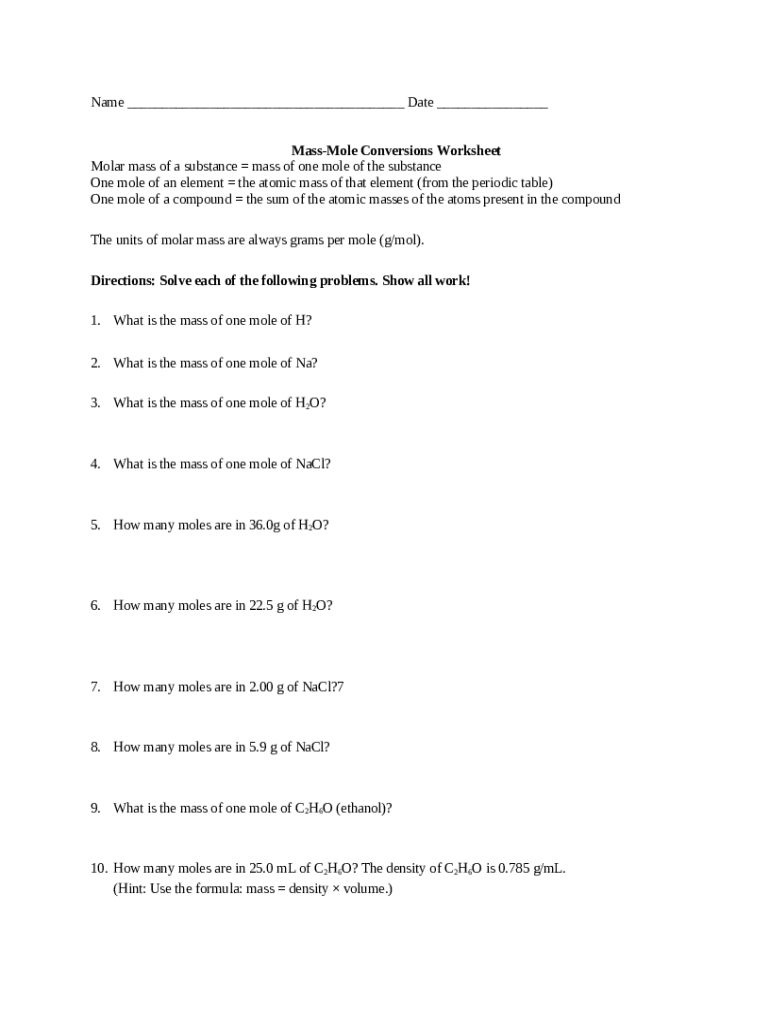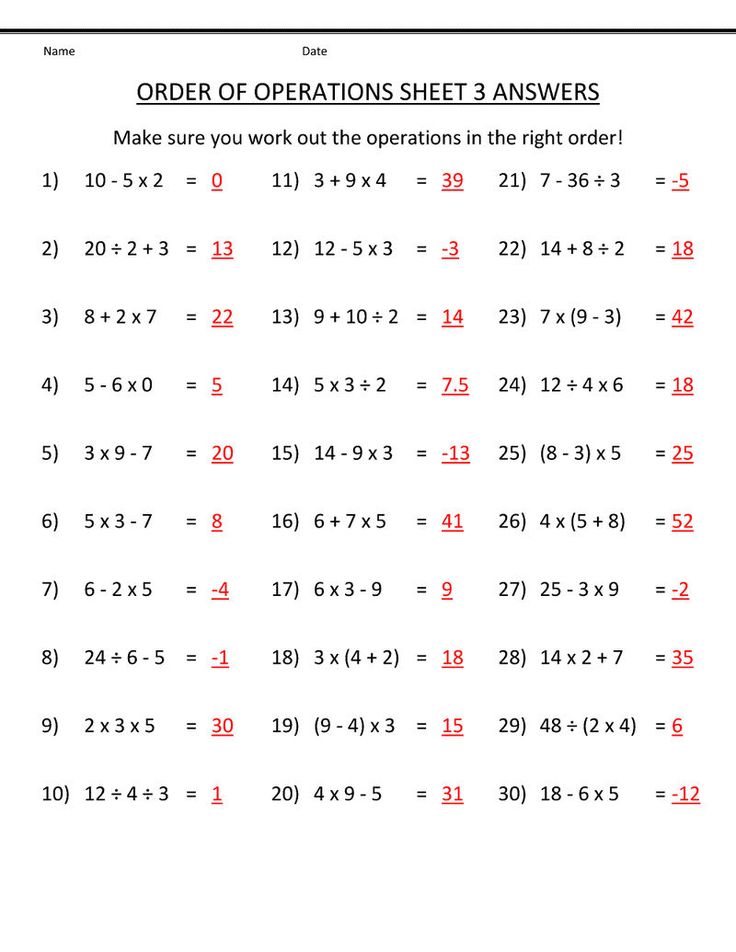Mole Conversions Made Easy: Worksheet Guide

Mole conversions are fundamental in chemistry, serving as the bridge between macroscopic and atomic scales. They allow chemists to transform units of mass, volume, and the number of particles into a common language, making calculations and experiments more straightforward. This guide aims to demystify mole conversions by providing a step-by-step approach through a worksheet guide, ensuring that even those who find chemistry daunting can grasp these essential concepts.
Understanding Moles and Molar Mass

Before delving into mole conversions, it’s crucial to understand what a mole is:
- A mole (mol) is a unit that represents Avogadro’s number of entities (6.022 × 10²³).
- It can be thought of as the chemists’ count for particles, similar to how “dozen” or “gross” work for smaller groups.
The molar mass of an element or compound is the mass of one mole of that substance in grams. Here’s how you find it:
- Use the atomic mass of an element, which is found on the periodic table, to find the molar mass of that element.
- For compounds, add up the molar masses of all constituent atoms in the chemical formula.
⚗️ Note: Avogadro’s number is a constant that relates the number of particles to the amount of substance in moles. Remember, this number doesn’t change, so the only variable in your calculations will be the type and quantity of substance.
Worksheet Guide for Mole Conversions

Let’s go through a worksheet to master mole conversions. Here is an example of how to set up your worksheet:
Convert Mass to Moles

| Given | Molar Mass | Moles |
|---|---|---|
| 18g H2O | 18g/mol | 1 mol |

Steps:
- Identify the molar mass of the substance.
- Use the formula: moles = mass / molar mass.
Convert Moles to Mass

| Given | Molar Mass | Mass |
|---|---|---|
| 2 mol NaCl | 58.5g/mol | 117g |
Steps:
- Identify the molar mass.
- Use the formula: mass = moles × molar mass.
Volume to Moles Conversion

Here, we’ll deal with gases:
| Volume | Temperature | Pressure | Moles |
|---|---|---|---|
| 22.4 L | 273K (0°C) | 1 atm | 1 mol (ideal gas law at STP) |
Steps:
- Use the Ideal Gas Law or STP conditions for standard temperature and pressure.
- At STP, 22.4 L of any gas equals 1 mol.
Tips for Easier Mole Conversions

- Dimensional Analysis: Use this technique to set up your conversions. It helps maintain consistency in units.
- Know Your Constants: Memorize key constants like Avogadro’s number, molar volume at STP, and molecular formulas for common compounds.
- Practice Makes Perfect: The more you convert, the more intuitive these conversions will become.
In summary, mastering mole conversions isn’t just about plugging numbers into formulas. It’s about understanding the conceptual foundation that these conversions are built upon. Remember:
- Always start with what you know (given quantity).
- Use molar mass and Avogadro’s number as your conversion tools.
- Ensure dimensional analysis guides your calculations for consistency and accuracy.
What if the molar mass isn’t listed on the periodic table?

+
For elements or compounds not directly listed on the periodic table, you can calculate the molar mass by summing the atomic masses of all atoms in the chemical formula.
How does temperature affect gas volume conversions?

+
Changes in temperature lead to variations in gas volume due to the Ideal Gas Law. Adjust for temperature when not at STP using the law: PV = nRT.
Can I use Avogadro’s number to convert mass to number of atoms or molecules?

+
Yes, Avogadro’s number (6.022 × 10²³) directly relates moles to the number of entities. Convert mass to moles first, then use Avogadro’s number to find the number of atoms or molecules.



